Your cart is currently empty!
Hidden Life of Trees

2018 ended with one last tofu delivery to the Anacortes Food Co-op yesterday. These are not serene lakes reflecting the mountains, these are flooded fields in the Skagit Valley. In the summer, these “lakes” will be fields of waving wheat and corn. Hard to imagine at this time of year when the flooded fields are full of ducks and swans.
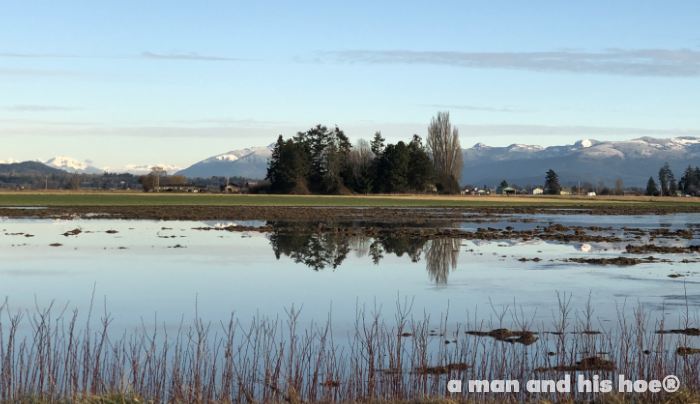
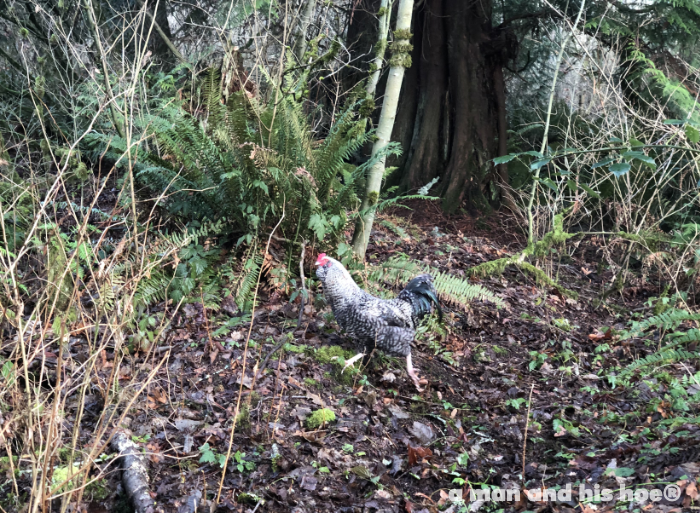
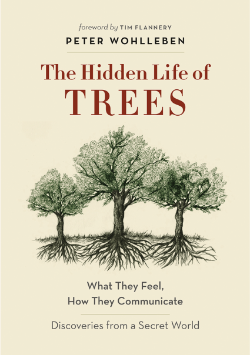 A break in the steady winter rains and the chickens are deep into the woods. The forest floor is all fluffy from the constant scratching of the chickens.
A break in the steady winter rains and the chickens are deep into the woods. The forest floor is all fluffy from the constant scratching of the chickens.
I’ve been reading Peter Wohlleben’s The Hidden Life of Trees the last few days. It’s given me a new appreciation of the wonders of trees and forests, and the complexity of what is happening in the woods around me. The relations trees maintain have with other trees and fungi is far more complex than we can imagine. For example, the fungi Laccaria bicolor can sense when the pine trees it relies on for sugars lacks nitrogen, and the fungi releases a toxin in the soil which kills minute organisms which become fertilizer for the pines.
Anastassia Makarieva from Saint Petersburg in Russia discovered that it is forests that serve as a water pump, transporting moisture far inland from the coasts. Without coastal forests, the interior of continents would be much drier than they are.
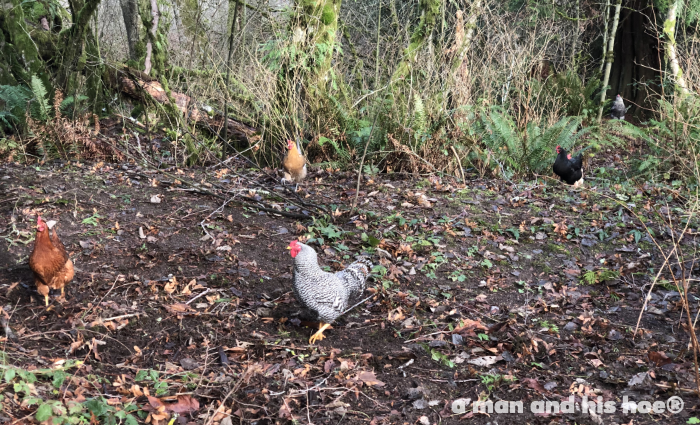

Maybe I should invite scientists to unravel the effects of chickens on temperate, coastal forests. They certainly have an impact on nutrient recyling, consuming vast quantities of of bugs and worms, and converting them into fertilizer. The way they aerate the top few inches of the forest floor must have an effect too.
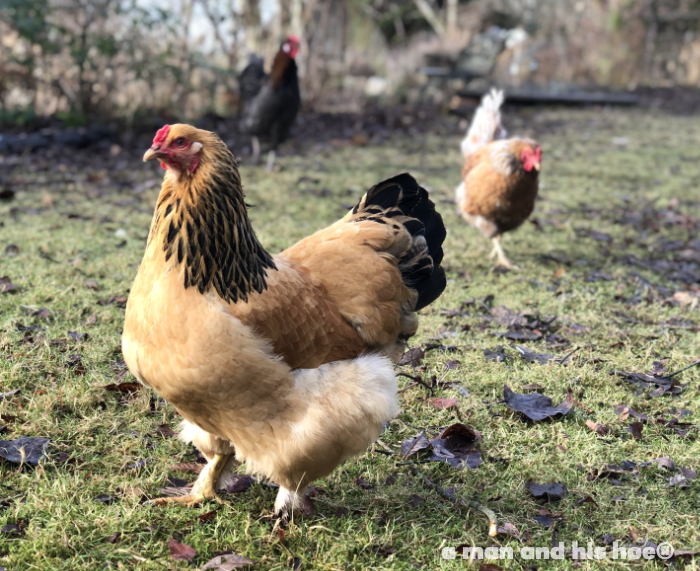

Leave a Reply
You must be logged in to post a comment.